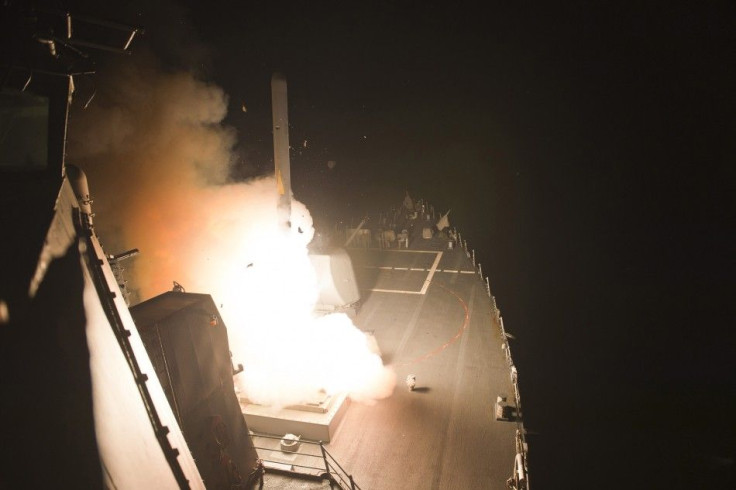US Military Bracing To Counter Rising Threats Of Space War Led By China's Anti-Satellite Technologies

Faced with new threats from the space, the defence apparatus of United States is gearing up to meet the fresh challenges. The U.S. Air Force Space Command that oversees more than 40,000 personnel from its headquarters at the foot of the Rocky Mountains in Colorado, is on a high vigil for suspicious satellites and flying objects. For the U.S. military satellites and radar networks are central to its operations.
Space Battles
Recently, General John Hyten, the commander of space command, stressed the need for the U.S. being fully prepared for battles high above the earth. The military's concern that conflicts in space are no longer science fiction, has been validated by a series of tests conducted by China since May 2007. In the test of 2013, China succeeded in sending an anti-satellite missile in close proximity to the highest geostationary orbit, that is roughly 36,000km away from the Earth's surface, reported Asia Nikki.
The U.S. military uses three types of satellites -- surveillance satellites that are several hundred kilometers above the ground; and global positioning system satellites that orbit at 20,000km. The strategic communications satellites, as well as missile and early warning satellites are stationed at a height of 36,000km above the earth.
China's Game
China started its anti-satellite technology tests for destroying satellites at altitudes of several hundred kilometers. In 2013, China shocked the U.S. military with a new test with an underlying message that it is close to shooting down any U.S. military satellite. China conducted one more anti-satellite weapon test in July 2014.
Though Beijing has camouflaged the tests, saying that they are missile defence programmes, the U.S. is far from convinced. The U.S. defence sources vouch that they were purely efforts at "attacking hostile satellites," according to a government official in Washington.
The U.S. is concerned at the moves of China as satellites had been its central nervous system in commanding the giant military, in terms of providing vital information, long-range communications and guidance for fighter planes, drones and missiles. It is equally important in maintaining ground surveillance. In short, if satellites are destroyed, "the U.S. military will be crippled", noted a former high-ranking U.S. defence official.
Fear Of All Out War
For Chinese military, developing anti-satellite weapons is its way of catching up with the might of the U.S. military. According to a U.S. security expert, besides China, countries like Russia, Iran and North Korea are also developing weapons that can jam signals and destroy satellites. However, what is reassuring for the U.S. is that it has developed even more sophisticated weaponry to deal such anti-satellite concoctions.
But the bigger concern is that the arms race in the space will slid into an all-out war if the limits of patience are tested, a former high-ranking U.S. government official warned. According to him, if key military satellites are targeted, the U.S. military will respond with a major offensive to protect itself.
U.S. Response
Reflecting on serious threats from the space, Rick Fisher, a specialist in China military affairs, said China's weaponisation of space is of top concern for the U.S. defence planners. He said China has two ground-based ASAT systems, the DN-1 and DN-2, which are advanced ground based laser ASAT systems. It is now developing dual-use co-orbital satellites that can both attack and monitor U.S. satellites.
Fisher advised Washington not to be deluded into thinking that China will agree to a verifiable space weapon control agreement in the future. He said such diplomatic exercises will be used by China to buy time for its space weapon development. "As China develops space weapons, Russia will also enter this competition, " Fisher was quoted by Free Beacon.
Fisher said in the near-term, the U.S. requires jet fighter launched ASATs that can provide great tactical flexibility. The deployment of X-37B experimental small space plane can be a multiplier as a combat and surveillance platform.
The expert noted that even at the height of Cold War, both the U.S. and Soviet Union had an unspoken agreement not to target each other's satellites. The U.S. has already warned China about its activities in trageting satellites. The issue was raised at the annual US-Sino strategic and economic talks, according to diplomatic sources.
(The writer can be contacted at kalyanaussie@gmail.com)





















